
We sat under the roof of Mr. Rom's stilt house, the sound of the gong crossed the stream, echoing up the mountains and hills, sometimes cheerful and melodious, sometimes high and low like the life cycle of ethnic people being born by their parents, growing up, loving each other and becoming husband and wife... "Each gong has its own soul. To control it, you must understand it, consider it as your friend, like that when you play the gong, your soul and the gong's soul will blend together, pushing out the soulful sounds, echoing in the mountains and forests", Mr. Rom shared.
Touching the gong with his hands, Mr. Rom began to talk about his love for art: “When I was young, I often followed my parents to participate in village festivals, watching the gong artists play, and I was extremely excited. It was also from those festivals that the love for gongs began to flow passionately in my veins.”
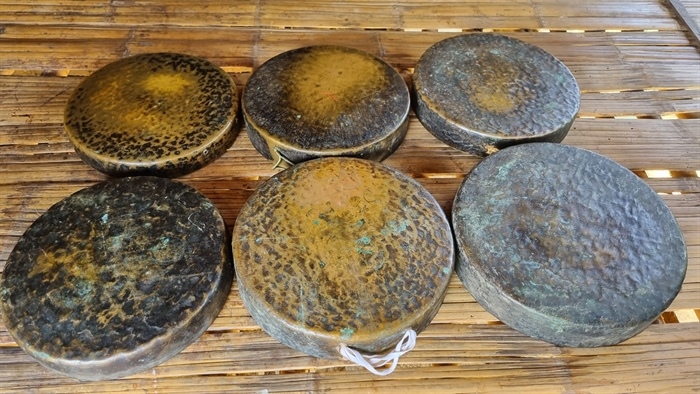
Carefully cleaning each dent on the gong's surface to remove dirt, Mr. Rom said that the three-piece gong has become a unique spiritual food in the daily life of his fellow villagers. According to the villagers, it is called the three-piece gong because this set of gongs has three pieces. When performing, the Vong gong is tilted, the Tum gong is laid down, and the Tuc gong is hung on a string. The Tum gong plays the role of keeping the rhythm, the Vong gong and the Tuc gong follow the melody. The Vong gong and the Tum gong are played with bare fists, the Tuc gong is played with a fist wrapped in a towel to keep the sound of the gong warm. The best gong player will play the Tuc gong, leading the gong ensemble to perform according to the correct piece and rhythm. When performing the three-piece gong ensemble, the gong player sits in a stable position and does not move.
Along with the development of modern society, the cultural features of ethnic minorities in Ba Vinh commune are gradually fading away. Therefore, artisans like him always try to preserve and teach the cultural features of the nation to the younger generations to continue to preserve the cultural source for generations. “I always actively participate in activities to teach the gong playing technique to the younger generation, every year on average there are 25 to 30 children studying at the village cultural house. I just hope that future generations will preserve the traditional cultural features that our grandparents have left for generations,” Mr. Rom confided.
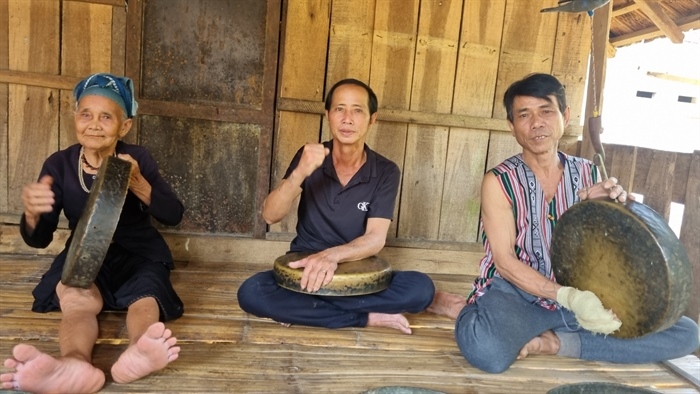
Over the years, the family of artisan Pham Van Rom has always achieved the title of a cultural family. He himself actively mobilized the people in the village to well implement the contents and criteria of the movement "All people unite to build a cultural life". At the same time, he took the lead in economic development, the children in the family had stable jobs, the grandchildren were obedient and good at studying.
Speaking about artisan Pham Van Rom, Deputy Head of the Department of Culture and Information of Ba To district, Le Cao Dinh, said: “Artisan Rom is an active person in the work of preserving and promoting the cultural identity of the Hre ethnic group in the district. He plays gongs well and has preserved many gongs. People like Mr. Rom have been contributing to the preservation of gong culture to serve the spiritual and cultural life of the Hre people.”
Ba To is a mountainous district of Quang Ngai province with the majority of the Hre ethnic group living there. There are many historical and cultural relics and beautiful landscapes that captivate people's hearts. The art of performing gongs by the Hre people, certified by the Ministry of Culture, Sports and Tourism as a National Intangible Heritage, has been invested in, preserved and exploited by authorities at all levels, contributing to the development of tourism in the area. Currently, Ba To has become a very meaningful source tourism destination, a red address for generations of students in and outside the province to visit, research and study.
Source




![[Photo] Prime Minister Pham Minh Chinh and Prime Minister of the Kingdom of Thailand Paetongtarn Shinawatra attend the Vietnam-Thailand Business Forum 2025](https://vphoto.vietnam.vn/thumb/1200x675/vietnam/resource/IMAGE/2025/5/16/1cdfce54d25c48a68ae6fb9204f2171a)





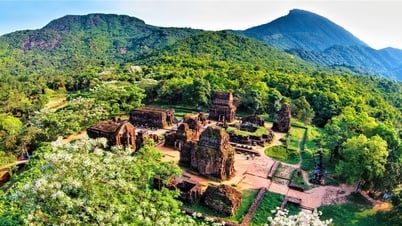




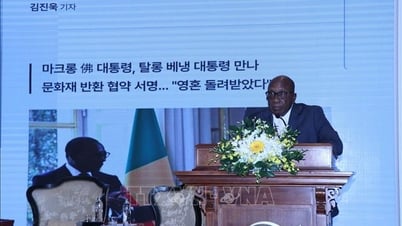




![[Photo] Many people and tourists come to the photo exhibition "Bright Name of the Person"](https://vphoto.vietnam.vn/thumb/402x226/vietnam/resource/IMAGE/2025/5/16/de2c8ad0828f4883bbdeb4f84a074a05)

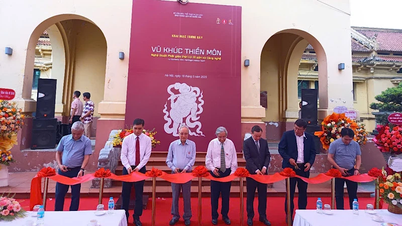
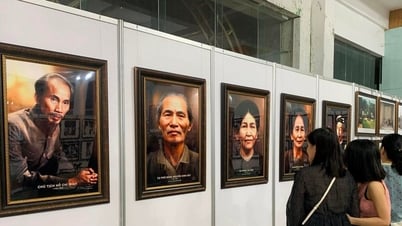
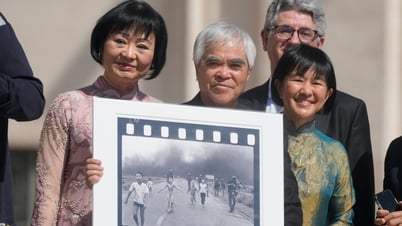













![[Photo] President Luong Cuong receives Prime Minister of the Kingdom of Thailand Paetongtarn Shinawatra](https://vphoto.vietnam.vn/thumb/1200x675/vietnam/resource/IMAGE/2025/5/16/52c73b27198a4e12bd6a903d1c218846)








































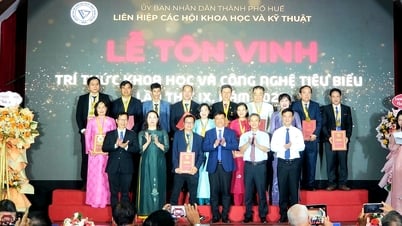


















Comment (0)